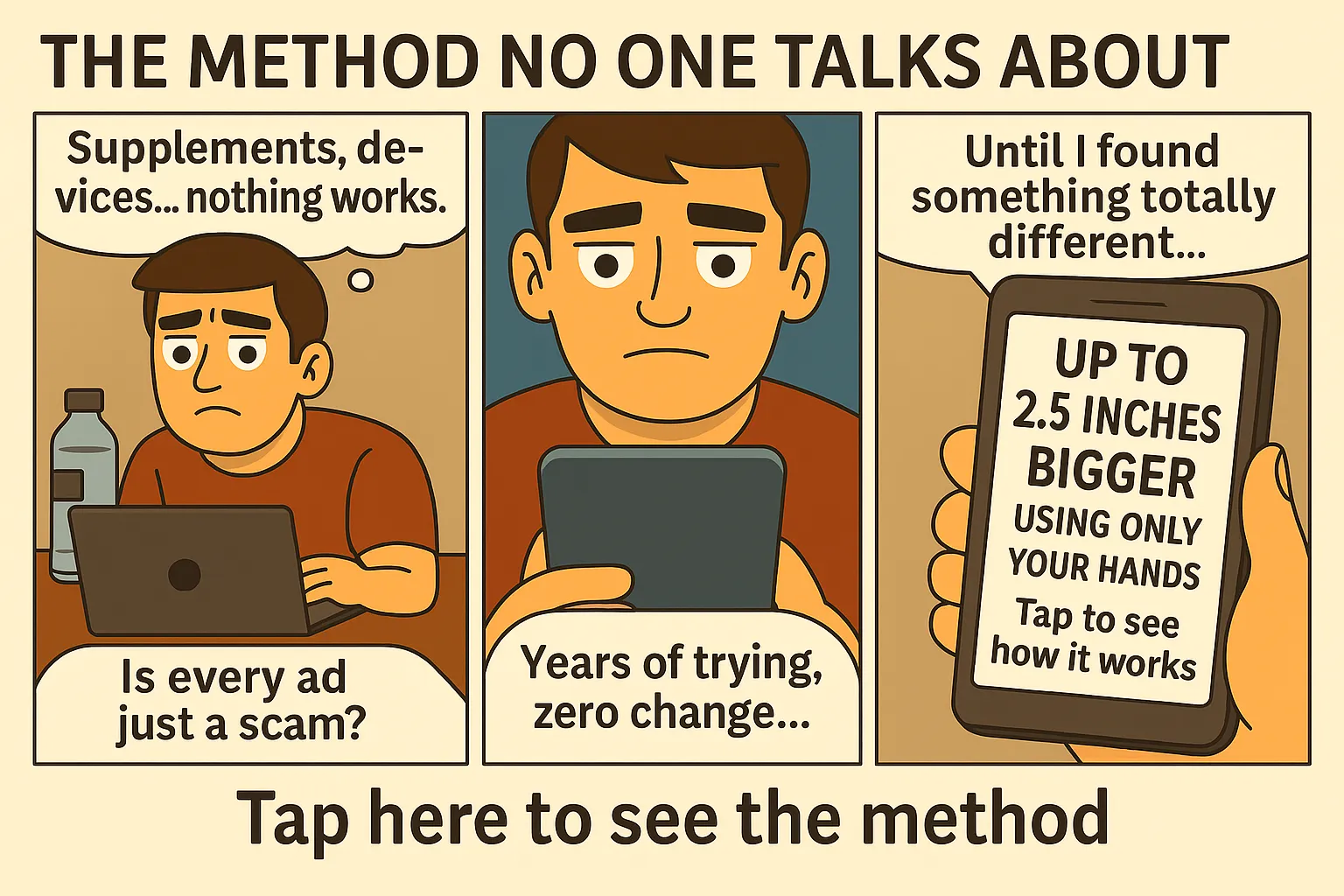Light Pollution Is Silently Destroying Your Testosterone 🌙
Modern men are surrounded by artificial light 24/7. From glowing smartphones to streetlights that flood your bedroom at night, light pollution is no longer just an environmental concern — it’s a hidden disruptor of your hormonal health. The most overlooked casualty? Your testosterone levels.
The Science Behind Light and Hormonal Balance
Your body operates on a natural circadian rhythm — a 24-hour internal clock that regulates everything from sleep cycles to hormone production. When it gets dark, your brain signals the pineal gland to release melatonin, which in turn triggers a cascade of hormonal processes, including testosterone synthesis during deep sleep. Exposure to artificial light at night delays melatonin release, disrupting this entire chain reaction.
How Nighttime Light Lowers Testosterone
Studies have shown that even small amounts of light exposure during sleep — such as from a TV screen or street lamp — can suppress melatonin by over 50%. This suppression leads to poor sleep quality and a measurable reduction in overnight testosterone production. Over time, this hormonal disruption can result in low libido, fatigue, weight gain, and even depression.
The Role of Blue Light and Screens
Blue light emitted from phones, laptops, and LED lights is especially problematic. It stimulates the brain into thinking it’s still daytime, further pushing back melatonin release. Men who use screens late into the night often experience delayed sleep onset and lower sleep efficiency, both of which are associated with reduced testosterone.
Testosterone and Deep Sleep Connection
Over 70% of a man’s daily testosterone is produced during REM and deep sleep. When light pollution interferes with sleep stages, testosterone levels drop significantly. A study published in the Journal of Clinical Endocrinology found that men sleeping fewer than 5 hours a night saw a 10-15% drop in testosterone within a week.
Light Pollution Is All Around You
It’s not just screens. Streetlights, security systems, indoor LEDs, and even night lights add to cumulative light pollution. Most men are unknowingly bathing in low-level light all night long — sabotaging their hormonal system.
Steps to Minimize Light Pollution and Boost Testosterone
Optimizing your light environment is one of the simplest, most powerful ways to protect your hormonal health. Here’s what to do:
1. Use Blackout Curtains
Block outside light completely by installing blackout curtains. These heavy drapes eliminate intrusion from streetlights or early morning sun, creating a pitch-black environment for optimal melatonin and testosterone production.
2. Eliminate Screens at Night
Avoid screens at least 90 minutes before bedtime. Use apps like f.lux or Night Shift to reduce blue light, and wear blue light-blocking glasses if necessary. This helps your brain wind down naturally and allows testosterone-friendly sleep to begin earlier.
3. Swap Your Bulbs
Use warm-toned, red or amber lights at night. These mimic natural firelight and don’t interfere with melatonin production. Replace overhead LEDs with lamps that emit 2700K or lower temperature light in your bedroom and living areas.
Morning Light Exposure to Reset Testosterone Rhythm
Just as avoiding light at night is crucial, getting sunlight early in the day is equally important. Morning sun exposure helps reset your circadian rhythm, boosts serotonin (a testosterone precursor), and improves sleep later in the evening.
The Ideal Morning Routine
Get outside within 30 minutes of waking, even if it’s cloudy. Aim for at least 15 minutes of unfiltered sunlight exposure without sunglasses. Pair this with a walk or light activity to reinforce hormonal wake-up signals.
Other Hormone-Supportive Habits
Light control is one piece of the testosterone puzzle. Combine it with smart habits like resistance training, stress management, and a high-fat diet rich in cholesterol to supercharge your results. Reducing cortisol — the stress hormone — is especially key. Physical movement can help here too; learn how in our guide to balancing hormones through movement.
Connection Between Environment and Masculinity
Environmental factors like light and sound shape your body’s biochemical responses. For example, emerging science is now exploring whether sound frequencies influence testosterone levels and masculine traits. Staying aware of your environment is crucial for maintaining peak performance.
Final Thought: Reclaim Your Night, Reclaim Your Manhood
Testosterone is built during the night — but modern lighting is robbing men of their natural power. Take back control by managing your environment. Dark nights and bright mornings aren’t just good sleep hygiene — they’re testosterone hacks. If you’re serious about maximizing your manhood, access the full optimization guide here.
Scientific Studies Linking Light Pollution to Hormonal Decline
Multiple peer-reviewed studies have confirmed the link between artificial light exposure and reduced testosterone. In one controlled experiment, participants subjected to light at night showed lower melatonin levels and significantly impaired REM sleep — directly associated with lower testosterone synthesis. Another study conducted in South Korea found that men living in highly urbanized, light-saturated areas had consistently lower free testosterone levels compared to those in rural settings.
Hormonal Imbalance Symptoms to Watch For
If you’re waking up groggy, gaining fat despite exercise, or feeling less driven, these could be signs that your testosterone is being disrupted by nighttime light. Other symptoms include reduced muscle mass, brain fog, and irritability. Addressing environmental disruptors like light is a vital step in restoring balance.
Designing a Hormone-Friendly Sleep Sanctuary
Transform your bedroom into a testosterone-boosting zone with these key changes:
- Install blackout curtains to eliminate all outside light leakage.
- Unplug or cover LEDs from chargers, clocks, and electronics.
- Keep your room cool — ideally between 65–68°F (18–20°C) to optimize sleep stages.
- Use sleep masks made of light-blocking materials if blackout solutions aren’t possible.
Minimize EMFs and Device Radiation
Although research is ongoing, some studies suggest electromagnetic fields (EMFs) may interfere with melatonin and testosterone production. Keep phones out of the bedroom, switch off Wi-Fi routers at night, and avoid charging devices near your bed. These habits support deeper sleep and endocrine health.
Why Testosterone Decline Matters More Than You Think
Testosterone isn’t just about sex drive — it’s responsible for energy, mood stability, confidence, muscle maintenance, and overall male vitality. A steady decline due to environmental sabotage like light pollution accelerates aging, weakens immune response, and can lead to long-term health risks like diabetes and cardiovascular disease.
Light Pollution and Fertility
Testosterone is also key for healthy sperm production. Disruptions in sleep and hormone cycles can lead to reduced sperm count, motility, and quality. Fertility experts now recommend sleep hygiene and environmental management as part of male fertility optimization plans.
Real-Life Strategies from Testosterone Biohackers
Biohackers and performance-focused men around the world are already optimizing their light environment to supercharge testosterone. Here’s what they’re doing:
- Using red light therapy panels in the morning and evening
- Turning off all artificial light after sunset and switching to candlelight
- Wearing red-lens glasses from 8PM onward
- Syncing sleep with solar cycles — going to bed around 10PM and waking with the sun
- Tracking testosterone, melatonin, and REM sleep with at-home kits and wearables
Tools and Tech to Support Your Sleep Goals
Investing in blackout curtains, blue-light filters, sleep trackers like Oura Ring, and sunrise alarm clocks can drastically improve your hormonal rhythm. Small changes lead to compounding benefits over time.
Nighttime Routine to Maximize Testosterone Overnight
A consistent, low-light bedtime routine sends your body the message: it’s time to recover and rebuild. Here’s a sample schedule to follow after sunset:
- 7:30 PM: Dim all lights in your home or switch to red bulbs
- 8:00 PM: Turn off all screens; instead, journal, read, or stretch
- 8:30 PM: Take a warm shower to signal wind-down to the nervous system
- 9:00 PM: Use breathwork or meditation to lower cortisol
- 9:30 PM: Get into bed in a completely dark room, free of all electronic devices
Supplements That Work with Light Control
Melatonin, magnesium glycinate, and L-theanine are all known to enhance sleep quality. Taking them 30–60 minutes before bed can help you enter deep sleep faster, boosting testosterone output overnight. But supplements alone won’t help if your room is flooded with blue light — environmental control is always the foundation.
What Happens When You Fix Light Pollution in Your Life?
Within 7–14 days of optimizing your night environment, many men report improved sleep, higher morning energy, stronger libido, and better workout recovery. Your testosterone isn’t just a number — it’s a mirror of your lifestyle. Reclaiming natural darkness is one of the most primal and powerful actions you can take.
Final Checklist to Combat Light Pollution at Home
Before ending your day, run through this simple checklist to make sure your sleep environment supports hormonal recovery:
- ✔ All screens off or in night mode
- ✔ Bedroom lights dimmed or turned off
- ✔ Blackout curtains fully drawn
- ✔ No blinking LEDs or electronic lights visible
- ✔ Room temperature set to cool range
- ✔ Optional: use red light therapy lamp for evening wind-down
Track Your Progress
Use a wearable like the Oura Ring or WHOOP to track your sleep stages. Monitor testosterone markers if possible with periodic bloodwork. The connection between your sleep, your light exposure, and your hormone levels becomes clear when you have the data in front of you.
FAQs on Light Pollution and Testosterone
Does light at night lower testosterone?
Yes. Exposure to artificial light suppresses melatonin, disrupting sleep cycles that are essential for nightly testosterone release and balance.
How can I block blue light effectively?
Use warm lights after sunset, install blue-light filters on all devices, and wear amber glasses indoors after 7 PM to shield your hormonal rhythm.
💡 Light Exposure vs. Hormonal Impact Table
| Light Source | Hormonal Effect | Solution |
|---|---|---|
| Blue Light from Screens | Melatonin suppression, testosterone drop | Use night shift mode or blue-blockers |
| Streetlights / LEDs | Disrupted circadian signal | Install blackout curtains, avoid late exposure |
| Fluorescent Light | Stress response activation | Opt for warmer, dimmer bulbs at home |








